In Focus: Lucian Freud's mesmerising depictions of his nearest and dearest
For seven decades, Lucian Freud put great energy into his work, particularly the portraits of family and friends now the subject of an exhibition called 'Lucian Freud: Real Lives’ at Tate Liverpool. Martin Gayford takes a look.

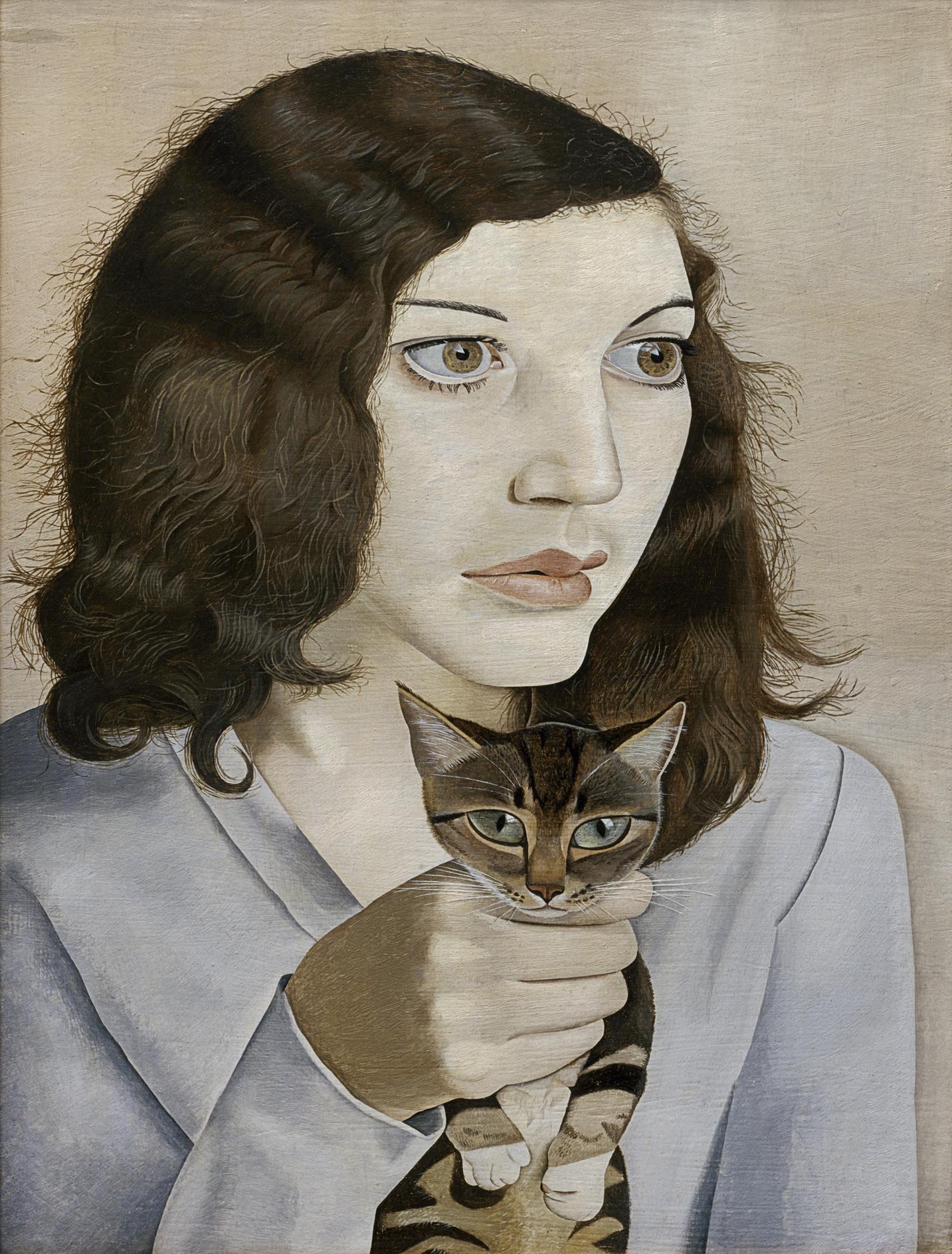
In 1939, Stephen Spender described a brilliant teenager with whom he had made friends. He was, the poet thought, ‘the most intelligent person I have met since I first knew Auden at Oxford. He looks like Harpo Marx and is amazingly talented and wise as well, I think’. This extraordinary youth was the 16-year-old Lucian Freud. More than 60 years later, Freud told me that of one thing he was sure: internally, he had never changed; at 80, he was the same person as he had always been.
Perhaps it was true in some ways, as in the extraordinary drive and energy he always directed towards his art. ‘He paints all day,’ Spender reported of the teenager; the same could be said of the octogenarian. In between, however, lay one of the most remarkable evolutions in 20th-century art.
For seven decades, until his death in 2011, Freud resolutely worked and lived exactly as he saw fit. A remarkable array of the masterpieces he created over that long, long career can be seen in an exhibition at Tate Liverpool, ‘Lucian Freud: Real Lives’.
He ignored passing fashions in contemporary art, such as abstraction, Pop Art, Op Art and conceptual art — with the result that he and his work were out of favour from the mid 1950s to the late 1970s. Freud’s reaction to this lack of attention (and consequently of income) was to continue to work exactly as he had since he developed his mature manner in the mid 1940s: from real people, animals and objects that he knew, never inventing anything — and very, very slowly. This was a procedure that transformed each picture into a marathon of sustained concentration. As Freud used to say, ‘all my patience goes into my work, leaving me with none for my life’.
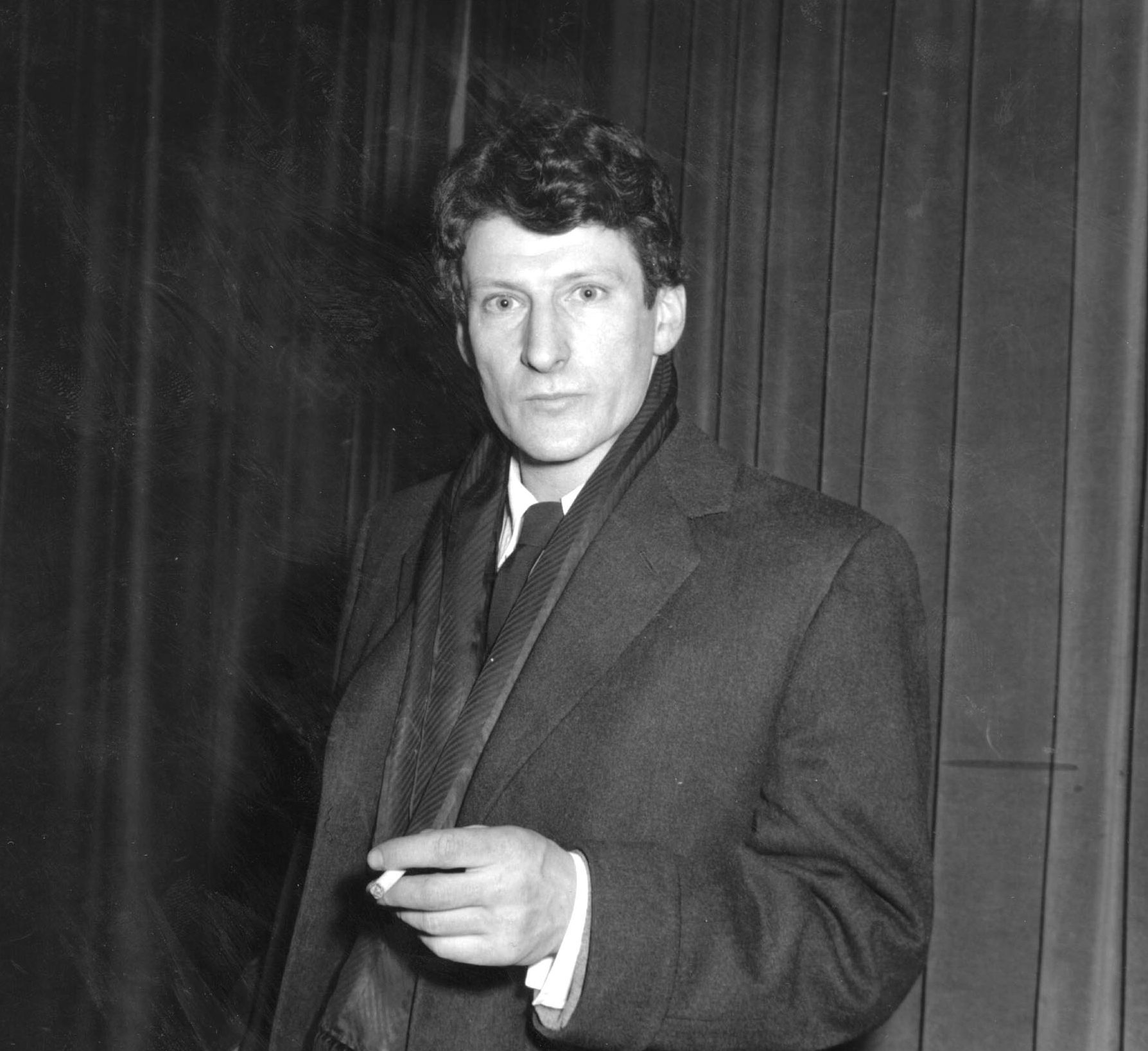
His method produced an effect of extraordinary intensity. You feel when looking at a picture such as Girl with a Kitten of 1947 (a portrait of his first wife, Kitty Garman) that you are being presented with far more information than you could gain by actually meeting her face to face. Each hair on her head seems to have been transcribed, each eyelash, the puckers of skin on her lips and tiny flecks in the irises of her eyes. Astonishingly, in one eye, there is a minute reflection, perhaps the window frame of the artist’s studio.
Some felt such an image verged on the surreal (including the London branch of the Surrealists who befriended Freud as a young man, inviting him to the dinners they held at a Spanish restaurant in Soho). However, the Freudian effect was not to take you outside reality, but to make you look at what was in front of you as if you had never seen it before. After all, Freud asked, ‘what is more surreal than a nose between two eyes’?
Freud’s walks on the wild side
Lucien Freud used to talk about his ‘Harun al-Rashid side’. By this he meant that, like the Caliph of Baghdad, he liked to slip out among the people of London. In his case, he was searching for subjects. He found them sometimes in high life (at country houses and parties where Princess Margaret was among the guests), but also in low life.
Exquisite houses, the beauty of Nature, and how to get the most from your life, straight to your inbox.
From the moment, in early 1944, when he moved into a studio on Delamere Terrace in Paddington, Freud was fascinated by the poverty-stricken and partly lawless district in which he found himself. One of his neighbours, a teenager named Charlie Lumley, served as a model, assistant and guide to 1940s London low life.

Freud first met Lumley through the latter’s habit of clambering over the roofs. He ‘wandered along the balconies, along the terrace, into my room’. He and his brother Billy appeared in a number of works from the late 1940s and early 1950s, of which Boy Smoking (1950–01) is perhaps the most memorable.
Here is Charlie, with Brylcreem-ed hair and fag in mouth, in the guise of a post-war tough. This is a painting from the period when Freud’s focus as an artist was sharpest, his brushwork most smooth. It is painted, in the manner of a 17th-century miniaturist, on a small sheet of copper. The view seems so close to the subject’s countenance it is almost embarrassing. The phrase ‘in your face’ fits this marvellous little work perfectly.
Outside the studio, he often relaxed with wild physical release from the tension of his working hours. His astonishingly active sexual life, of perennial fascination to biographers and journalists, was one aspect of this. Despite having married twice, plus having had a legion of lovers, he never had, he used to reflect, ‘a regular domestic life’. His standard answer when asked how many children he’d fathered was: ‘I haven’t the slightest idea.’
When considered as husband material, Freud was clearly as unsuitable as it is possible to imagine. Nonetheless, he had many qualities that explain his attraction. He was, as Spender noted, highly intelligent, also witty, engaging, immensely intuitive about people and wonderful company. One of his lovers remarked that when he left a room, it was as if the sun had gone in.
The artist grew up in a distant age. His attitudes were formed in an artistic bohemia that has long disappeared: in Picasso’s Paris, which he began exploring in 1946, and Dylan Thomas’s London. In both of these milieux, almost any level of unconventionality was acceptable. His grandfather Sigmund’s technique of psychoanalysis (in which Freud affected to take no interest) brought about a newly sympathetic understanding of the quirks of the human mind.
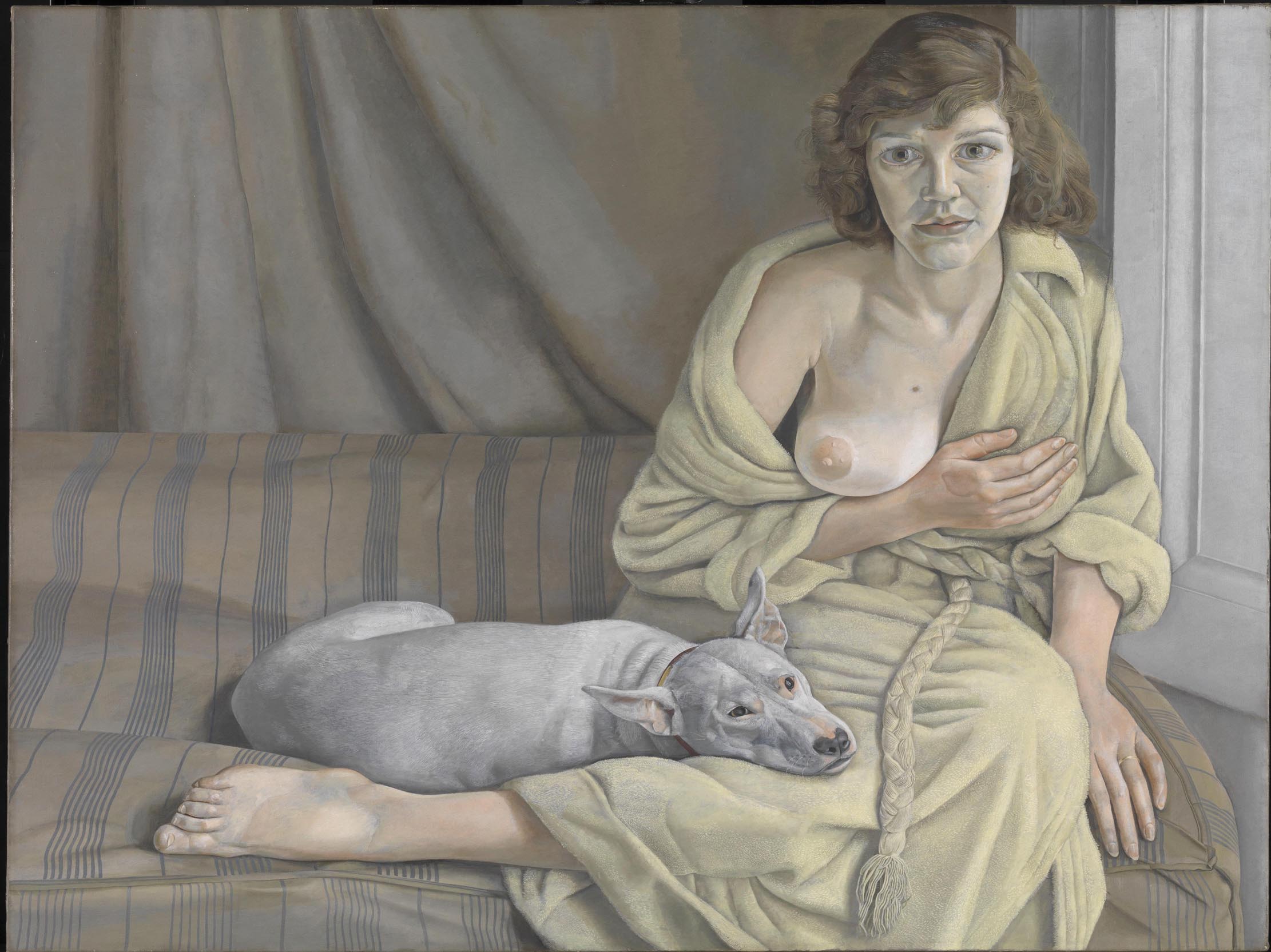
In 1952, he explained to a wealthy patron that he was not living with ‘proper frugality’, because to do so would be foreign to his nature. ‘It is through my tastes and feelings that I live as a painter and as a person.’ He really believed that and it was a key to both his life and his art.
Freud’s subject matter was a continuation of his private life. His work is almost entirely concerned with what he knew and liked, both people and things. His portraits (including naked ones) were largely of friends, lovers, wives, children and acquaintances. He would alarm fellow diners in restaurants by staring at them hard, but only because he was wondering whether they’d make a good picture (and so be worth knowing). He loved to observe other people, yet hated to be observed.
Mind you, he had reason to take refuge from attention. He was of interest to the media from an early age, although he once remarked that much of the coverage was based on a ‘profound misunderstanding, that I am respectable and can be “exposed”’.
Freud definitely wasn’t respectable. Nor was he prudent or cautious. His gambling was alarming, even to watch. I once saw him lose almost £1 million over lunch, on a series of ‘accumulator’ bets placed by telephone. Afterwards, a little shocked, I ventured: ‘I suppose it feels good when you win?’ He replied: ‘It feels pretty good when you lose, too.’
That was, perhaps, the voice of a compulsive gambler, but there was more to it. Freud once told me that, during the 1960s, when he had very little income, gambling had ‘helped’ him. Do you mean, I asked, because you won? No, he answered, because it made me less ‘concerned about money’. The critic David Sylvester, a friend of Freud’s (and Bacon’s) in the 1940s and 1950s wrote that: ‘It was a matter of principle to have no money in the bank. It was a symbol of living in the present.’
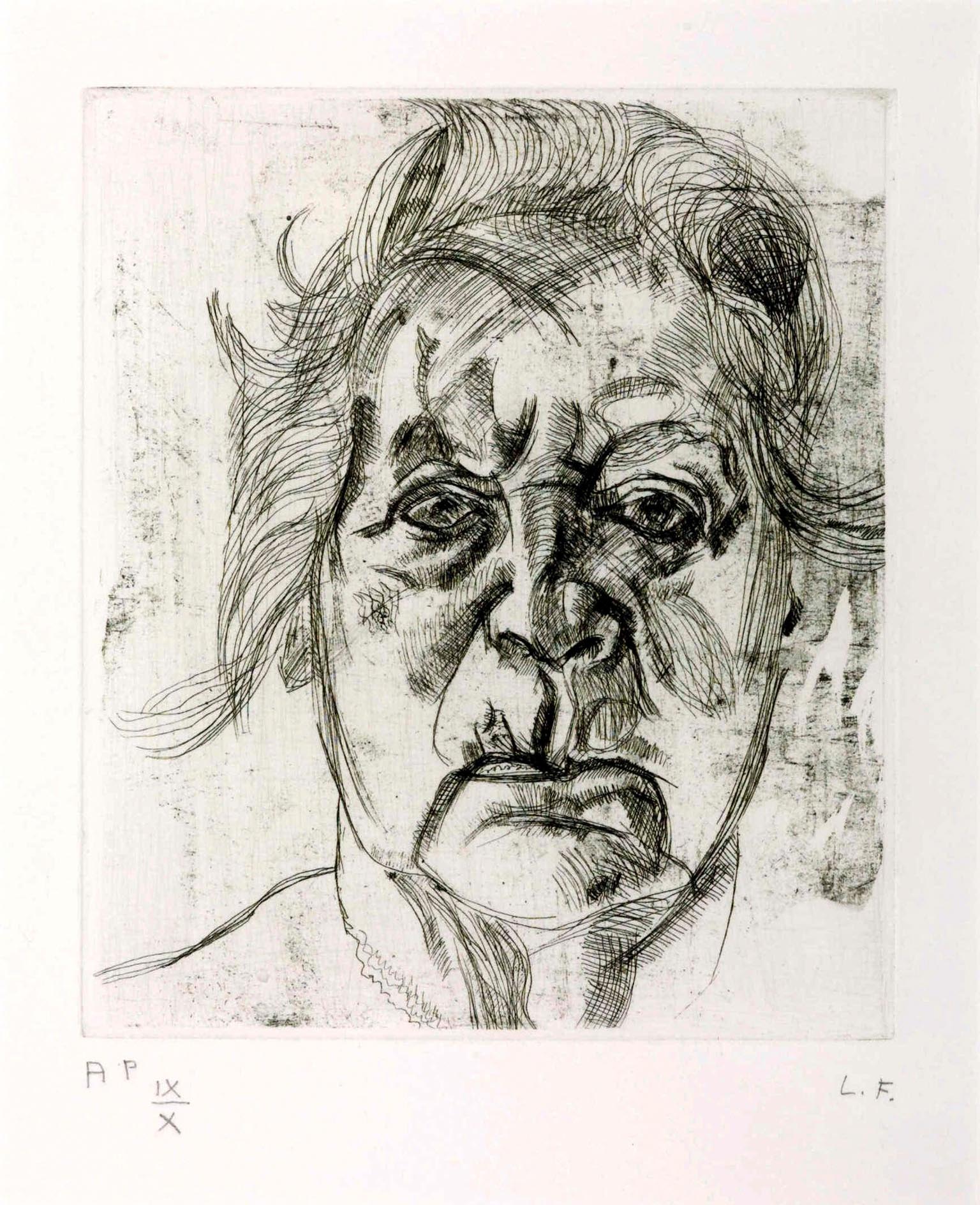
Freud tended to remove everything from his life that might deflect his attention from his art. For that reason, he thought owning a house in the country would be a distraction. True, in the last two decades of his life, he became immensely wealthy. However, apart from buying some expensive pictures, his way of life did not change much. He carried on, hour after hour, working in the studio, often starting at dawn and not stopping until the early hours of the following morning.
Over the decades, his pictures changed enormously in handling, if not in subjects. In technique, Standing by the Rags from 1988–89, painted when Freud was approaching 70, is utterly unlike Girl with a Kitten. The latter’s surface is glassy smooth; the former is a masterclass in the visible manipulation of oil paint with a brush. It is piled up thick, scooped and scuffled and swirled.
Indeed, Freud’s entire career was a bet against the odds. He became a great master of figurative painting at a point when many critics and curators believed that such a way of making art was already hopelessly outmoded. He also succeeded by resolutely ignoring all discouragement and following the promptings of his own unique talent. Although, often, he seemed (and was) utterly reckless, in nurturing his unique vision he really was, as Spender noted, not only ‘amazingly talented’, but ‘wise as well’.
‘Lucian Freud: Real Lives’ is at Tate Liver-pool until January 16, 2022 — www.tate.org.uk

In Focus: The Suffolk sculptor who ended up rubbing shoulders with Laurie Lee, Lucian Freud and George Melly in 1960s London
The sculptor Elisabeth Frink (1930–93) responded to the climate of the Cold War with powerful works exploring man and beast
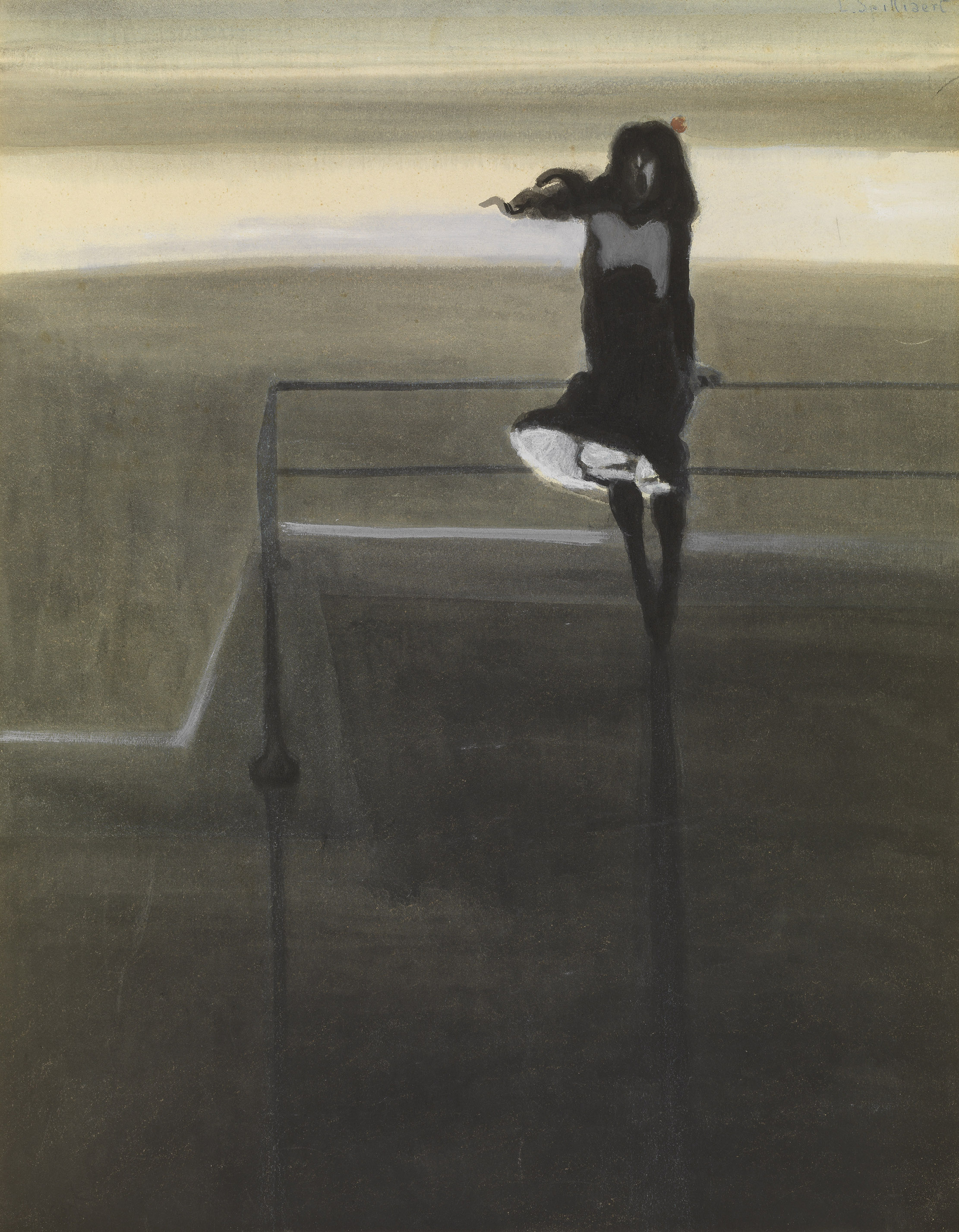
In Focus: The genius of Léon Spilliaert — 'If a ghost could paint, this is what it might look like'
Laura Gascoigne is enthralled by The Royal Academy's exhibition — available in virtual form on their website — focusing on Léon Spilliaert,
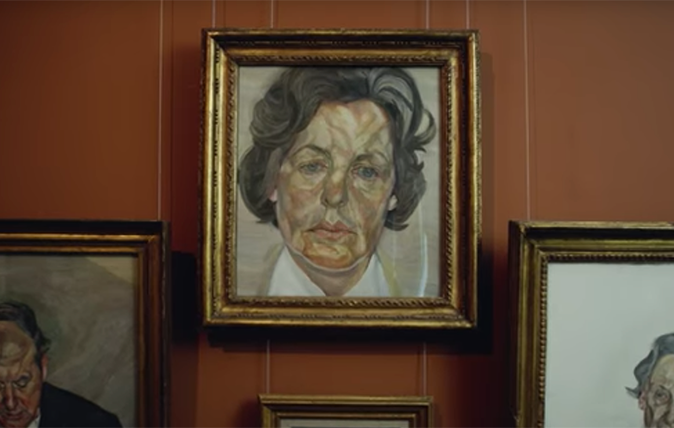
The Lucian Freud portrait that ‘is probably the most beautiful thing at Chatsworth’
A new series of mini-documentaries is looking at some of Chatsworth House's many treasures – starting with a painting that
Country Life is unlike any other magazine: the only glossy weekly on the newsstand and the only magazine that has been guest-edited by His Majesty The King not once, but twice. It is a celebration of modern rural life and all its diverse joys and pleasures — that was first published in Queen Victoria's Diamond Jubilee year. Our eclectic mixture of witty and informative content — from the most up-to-date property news and commentary and a coveted glimpse inside some of the UK's best houses and gardens, to gardening, the arts and interior design, written by experts in their field — still cannot be found in print or online, anywhere else.
